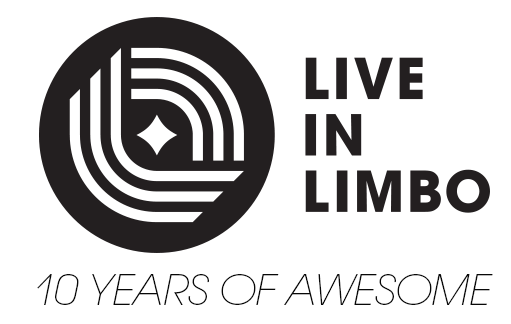
When people think of a one-person play, there is bound to be some confusion. Questions like how will the actor maintain audience interest, or if the actor plays multiple parts will the characters be well rounded instead of cheap impressions? These days there are plays about anything, so hearing that there is a one man play about a set of rapping twins exploring a variety of social issues shouldn’t be too surprising to hear about. But can that concept be done well?
Brotherhood: The Hip Hopera was written by and stars Sebastien Heins, a Toronto based actor. Heins is a member of Outside the March, a theatre group that recently put on the play Vitals which was turned into a film and reviewed on this site back in July. Before the show began, incoming patrons were treated to a quartet of ten year old break-dancers. The kids were clad in nerdy-preppy uniforms and performed freezes, flares and hand stands while awing the crowd.
Local hip-hop artist Louie Short opened the show by performing a handful of songs before thanking CashMoney and MoneyPussy (the two main characters) for bringing him along for the meta ride. When you have a musical, either a play or film, the audience needs to know that the performers can actually perform. Heins decided to do the same thing Inside Llewyn Davis did, which is start with a cold opening performance. You get introduced to each brother while Heins performs a song about “having a threesome with my bro” and how it isn’t “the kosher way to go”. Right from the get go you see the contrasting personalities, CashMoney having the swaggering appeal of a rapper and MoneyPussy having the sexy appeal of an RnB singer.
The first section of the show is fairly light hearted. You see several performances of Heins’ personally written and well executed raps. After a fight, CashMoney accidentally kills MoneyPussy causing the direction and tone of the play to drastically change. It is during the aftermath we learn about the twin’s backstory, culminating in an award winning caliber performance where Heins acts a montage set to Marvin Gaye’s What’s Going On. In this montage, starting in the late 1970’s, you see the twin’s parents meet, fall in love and have children, all in less than four minutes. Everything works so well due to the heartfelt conviction Heins has for the roles he is playing.
Music is always present whether directly or indirectly to what is occurring on stage. Modern acts like Jay-Z and Alicia Keys are name dropped, along with other inspirations CashMoney and MoneyPussy elicit. At one point Heins in a voice over states that to understand hip-hop you need to understand the roots of the genre by going back to funk and RnB. Michael Jackson, Stevie Wonder and Prince have their influential fingerprints all over the backbone to the story. Music isn’t the only thing driving the action forward, the fact that the content delves into matters such as drug abuse, celebrity culture, black stereotypes, prison culture, masculinity issues, fratricide, sexism, poverty and much more make the play ripe with social critiques. Heins is smart enough to not preach about these issues, but to merely bring them up and let the audience simmer with their thoughts.
The play could have taken a turn for the worse while Heins was performing the female characters including the lisped girlfriend to CashMoney, Chrysanthemum, or the Jamaican accented mother of the boys, Stella. Instead Heins balances higher register voices with actual femininity and never coming close to parody. With a lesser actor the play would have collapsed under the weight of its own subject matter, something Heins relishes with much delight very successfully.
During CashMoney’s fall from grace we learn so much about the inner workings of this superstar in the form of rehab confessions. The redemption and close to the story comes a little quick but seeing how much occurs in only sixty minutes it was bound to feel that way.
Heins has crafted a truly unique play where his characters speak in his version of iambic pentameter; most lines are a rhyming rap line. The people portrayed are all different and easy to distinguish and the plot moves along quickly so it is impossible to get bored by any section. The audience was on board from the opening bar and happily took part in the minimal audience participation required. The play is a real gem and has a film like quality thanks in part to Heins’ ability to mime everything so that there is no confusion as to what is going on. The set design is minimal, with only a grid filled with light bulbs as the back wall and two projector screens filling the barren space, and a single chair as the only prop. You don’t need to like or even understand hip-hop culture to enjoy this play, assuming you aren’t put off by some mature language.
Brotherhood: The Hip Hopera plays at Buddies in Bad Times until October 25th. Tickets can be purchased here.
Buy tickets and check out the show!
An interview with Sebastien Heins by Dakota Arseanult (*may contain spoilers):

